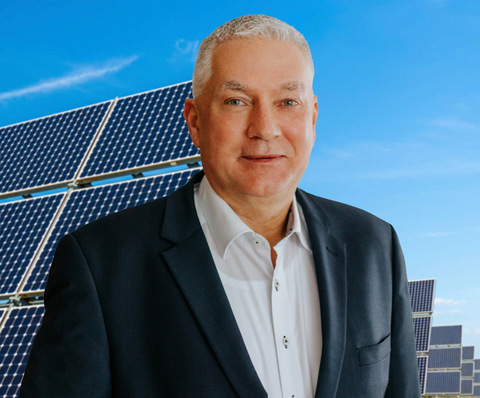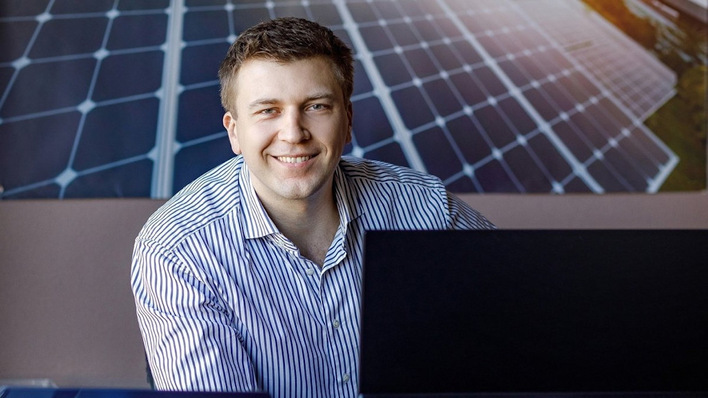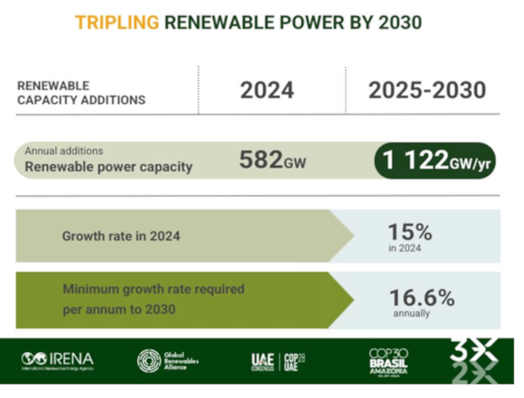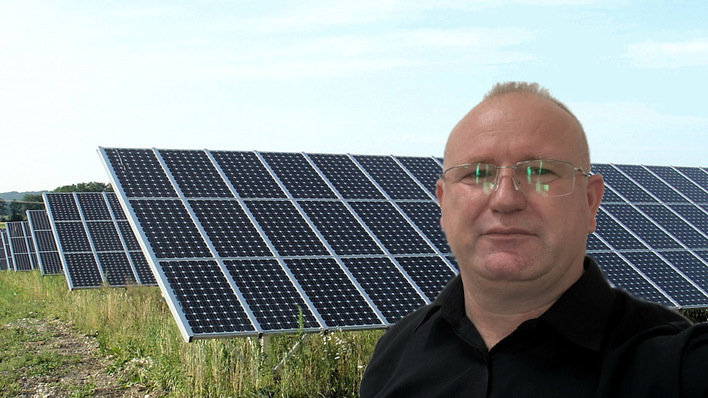Europe’s energy transition has entered a defining decade, one where innovation, regulation and everyday life intersect. From solar panels on rooftops to intelligent systems that autonomously manage household consumption, the question is no longer whether the transition will happen, but how deeply it will transform domestic life. According to preliminary Eurostat data, renewable sources generated 54 percent of the EU’s net electricity in the second quarter of 2025, up from 52.7 percent in the same period of 2024, marking a historic milestone as more than half of Europe’s electricity came from renewables.
Solar power has been the main driver of this growth. In Q2 2025, solar generation reached 122,317 GWh, accounting for 19.9 percent of total output. June 2025 was the first month in history when solar energy (22.0 percent) overtook nuclear (21.6 percent) as the EU’s largest power source, ahead of wind (15.8 percent), hydro (14.1 percent) and natural gas (13.8 percent). This momentum reflects not only technological progress but also a social shift, from centralised generation toward distributed, household‑based participation.
The “last‑mile” challenge
As the cornerstone of Europe’s Energiewende, Germany’s solar industry continues to balance sustainability ambitions with energy security. Yet real progress depends not only on national capacity targets but also on how effectively renewable energy integrates into daily life. This movement from policy to practice defines the so‑called “last mile” of Germany’s energy transformation.
Despite economic headwinds, German households continue to embrace rooftop solar. By mid‑2025, installed PV capacity is expected to reach 107.37 GW, with residential systems accounting for a major share. More than five million home systems are now operational, from small balcony units to large rooftop arrays. Balcony systems alone had surpassed 700,000 installations by October 2024.
Watch our video – AI-powered energy systems for homes
Residential storage adoption is expanding quickly but remains constrained by grid connection delays, complex administration and inconsistent local approval processes. Nearly two million storage systems were in operation by mid‑2025, adding 278 MW / 447 MWh in August alone, a 10 percent month‑on‑month increase that brought total capacity above 22.1 GWh. Yet fragmented supply chains, bureaucracy and a shortage of more than 60,000 qualified installers continue to slow deployment. Training initiatives are rising, but certification bottlenecks still limit progress.
From fragmentation to integrated systems
The next phase of the transition must go beyond installing individual devices and focus on system‑level integration. Combining photovoltaic arrays, storage batteries, heat pumps and EV chargers within a unified platform, coordinated through a Home Energy Management System (HEMS), makes renewable energy more efficient and accessible for households.
Digitalising approval processes could cut installation timelines from months to weeks, while data‑driven installer networks can optimise workforce deployment. Across Europe, several pioneering companies are adopting this integrated approach. LumenHaus, for instance, has developed a platform‑based service model that combines premium hardware with intelligent software, offering a seamless user experience from installation to long‑term operation. This approach strengthens reliability for homeowners and exemplifies the sector’s broader shift from product‑led competition to system‑ and experience‑centred innovation.
Video – more intelligence, more yield
A HEMS connects all generation and consumption devices in the home, optimising power flows to reduce costs and maximise self‑consumption. Linked to dynamic tariff contracts, it automatically shifts demand to low‑price periods and stores surplus solar power for later use, bringing lower grid dependence, greater transparency and increased consumer autonomy, all without manual intervention.
Intelligence as the new infrastructure
The convergence of artificial intelligence and dynamic electricity pricing is rapidly emerging as one of the most promising frontiers in household energy optimisation. When renewable supply rises and prices fall, AI‑enabled systems automatically charge batteries and appliances; when prices increase, they switch to stored power instead. By analysing consumption patterns, forecasting PV generation and tracking market fluctuations, AI ensures households operate at the most cost‑efficient settings, autonomously.
The LumenHaus Smart‑Eco Mode embodies this principle in practice. When renewable supply drives prices downward, it triggers charging and storage cycles; when prices peak, it prioritises stored energy. Learning from user behaviour and environmental data, it continuously refines performance. In one June 2025 case, a home using Smart‑Eco Mode cut its monthly bill from €142 to €4.50, a 96 percent reduction achieved entirely through automation. Such results show how intelligent optimisation is turning clean energy ambitions into tangible, everyday benefits.
Video – home storage with AI energy management
As AI evolves, HEMS are becoming open, interconnected ecosystems capable of orchestrating multiple energy assets simultaneously. Future systems will allocate solar power to the most efficient end uses, such as charging electric vehicles, heating water or running household equipment, while forecasting demand and scheduling operation at optimum times. Voice‑controlled interfaces and contextual AI assistants are already emerging, allowing users to interact naturally with their energy systems. This signals a future where energy management becomes both intuitive and invisible.
Among these innovations, LumenHaus’s AI assistant “Lumi” epitomises this shift. Integrated into the HEMS platform, Lumi enables users to monitor, control and optimise household energy through voice interaction. Beyond basic commands, it learns behavioural patterns, anticipates user needs and adapts system performance in real time, making intelligent energy management not only efficient but genuinely human‑centred.
From aspiration to everyday reality
The success of Europe’s energy transition will not be measured solely in gigawatts installed but in how intelligently energy is managed across millions of homes. The shift from isolated hardware to integrated, AI‑enabled systems marks the start of a truly decentralised and participatory energy age. When energy becomes both intelligent and effortless, sustainability ceases to be an aspiration, it becomes an everyday reality. (Dai Wang / hcn)









